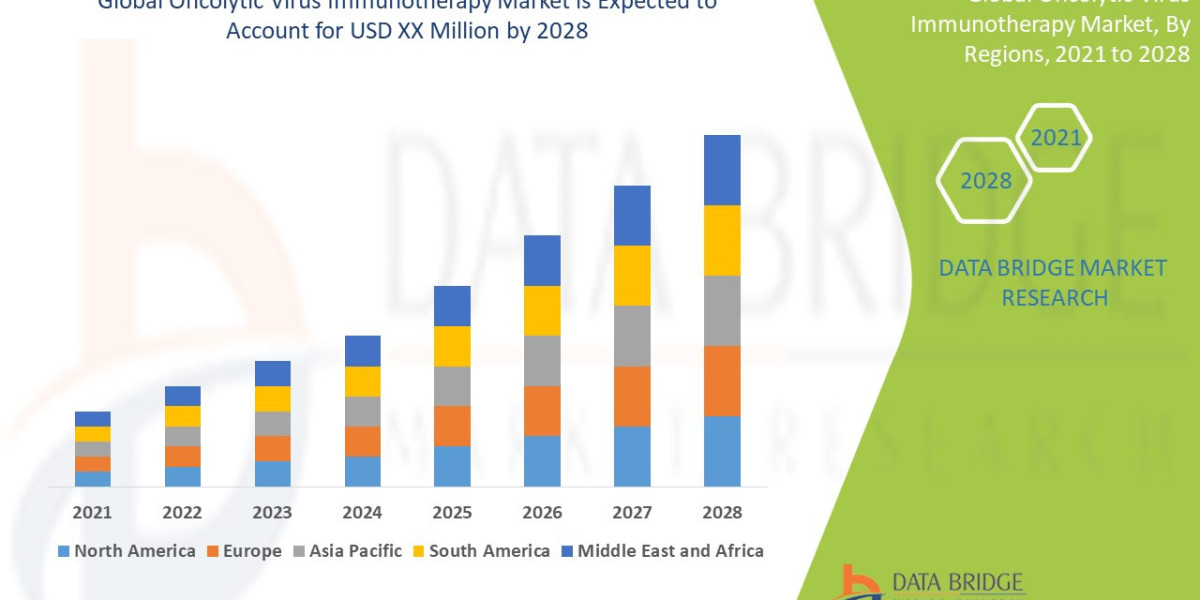The global In Vitro Diagnostics (IVD) Quality Control (QC) market is experiencing robust growth, driven by increasing awareness of diagnostic accuracy, rising prevalence of chronic and infectious diseases, technological advancements, and regulatory mandates. As healthcare systems evolve towards precision medicine and personalized healthcare, the importance of quality control in diagnostic testing has never been more critical. This market is set to witness significant transformation between 2024 and 2034, with key players intensifying competition and innovations reshaping the landscape.
Market Overview
In Vitro Diagnostics (IVD) refers to medical devices and reagents used to examine specimens such as blood, urine, or tissue samples outside the human body. The IVD quality control market ensures that these tests produce accurate and reliable results, which is essential for effective patient diagnosis and treatment.
The global IVD QC market is segmented into products and services, including control materials (independent and instrument-specific), data management solutions, and quality assurance services. Hospitals, clinical laboratories, academic institutes, and point-of-care testing centers constitute the major end users.
As of 2024, the market is valued at approximately USD 1.6 billion and is projected to reach USD 3.4 billion by 2034, growing at a CAGR of 7.7% during the forecast period.
Key Growth Drivers
Rising Disease Burden
Chronic diseases such as diabetes, cancer, and cardiovascular conditions are on the rise globally. This trend has significantly increased the demand for reliable diagnostics and continuous quality monitoring to ensure effective disease management.Stringent Regulatory Guidelines
Regulatory bodies such as the U.S. FDA, EMA, and WHO require stringent quality assurance in diagnostic testing. Compliance with international quality standards like ISO 15189 and CLIA fosters market growth.Technological Advancements
Innovations in molecular diagnostics, next-generation sequencing (NGS), and digital pathology are increasing the complexity of diagnostic tests, which in turn heightens the need for advanced QC materials and software tools.Expanding Healthcare Infrastructure
Emerging economies in Asia-Pacific, Latin America, and Africa are witnessing rapid improvements in healthcare infrastructure, which fuels the adoption of IVD and QC products.
Market Segmentation Analysis
1. By Product Type:
Quality Control Products:
Includes third-party controls, instrument-specific controls, and multianalyte controls. Third-party controls are gaining popularity due to their compatibility with multiple systems and higher accuracy.Data Management Solutions:
The demand for automated QC data management systems is growing due to the need for error reduction, regulatory compliance, and efficiency in lab operations.
2. By Application:
Clinical Chemistry
Immunochemistry
Molecular Diagnostics
Hematology
Coagulation
Molecular diagnostics is projected to witness the fastest growth, driven by increasing use in infectious disease testing and cancer screening.
3. By End User:
Hospitals and Clinics
Diagnostic Laboratories
Academic and Research Institutions
Point-of-Care Testing Centers
Diagnostic laboratories hold the largest share due to the high volume of tests conducted and the need for stringent quality assurance.
Regional Insights
North America dominates the market due to advanced healthcare infrastructure, high R&D spending, and regulatory mandates. The U.S. alone accounts for a major share owing to the presence of leading market players and a strong emphasis on lab quality.
Europe follows closely, supported by a well-established healthcare system and harmonized quality standards under the In Vitro Diagnostic Regulation (IVDR).
Asia-Pacific is expected to witness the fastest CAGR through 2034, driven by increasing healthcare expenditure, expanding diagnostic labs, and government initiatives in countries like China, India, and Japan.
Competitive Landscape
The IVD QC market is moderately consolidated, with a mix of global giants and regional players competing on product innovation, strategic partnerships, and geographic expansion.
Key players include:
Bio-Rad Laboratories, Inc.
Thermo Fisher Scientific Inc.
Randox Laboratories Ltd.
LGC Limited (Technopath Clinical Diagnostics)
Siemens Healthineers
Roche Diagnostics
SeraCare Life Sciences, Inc. (A part of LGC)
QuidelOrtho Corporation
Strategic Initiatives:
Mergers & acquisitions aimed at portfolio expansion (e.g., Bio-Rad’s acquisition of Cresset Biomolecular Discovery)
Investment in AI-powered QC data analytics platforms
Collaborations with diagnostic device manufacturers for co-developing QC kits
Future Outlook and Trends (2024–2034)
AI and Automation in QC
Advanced analytics and artificial intelligence are expected to transform QC management by identifying anomalies, predicting equipment failures, and improving test reliability.Integration of Digital Platforms
Cloud-based QC data management systems will streamline lab operations and compliance tracking, particularly beneficial in multi-site laboratory networks.Personalized QC Solutions
As precision medicine gains traction, customized QC products tailored to specific diagnostic platforms and tests will gain popularity.Focus on Sustainability
Green chemistry and sustainable lab practices will drive demand for environmentally friendly QC reagents and packaging.
Browse More Reports:
Ultrasound Image Analysis Software Market








